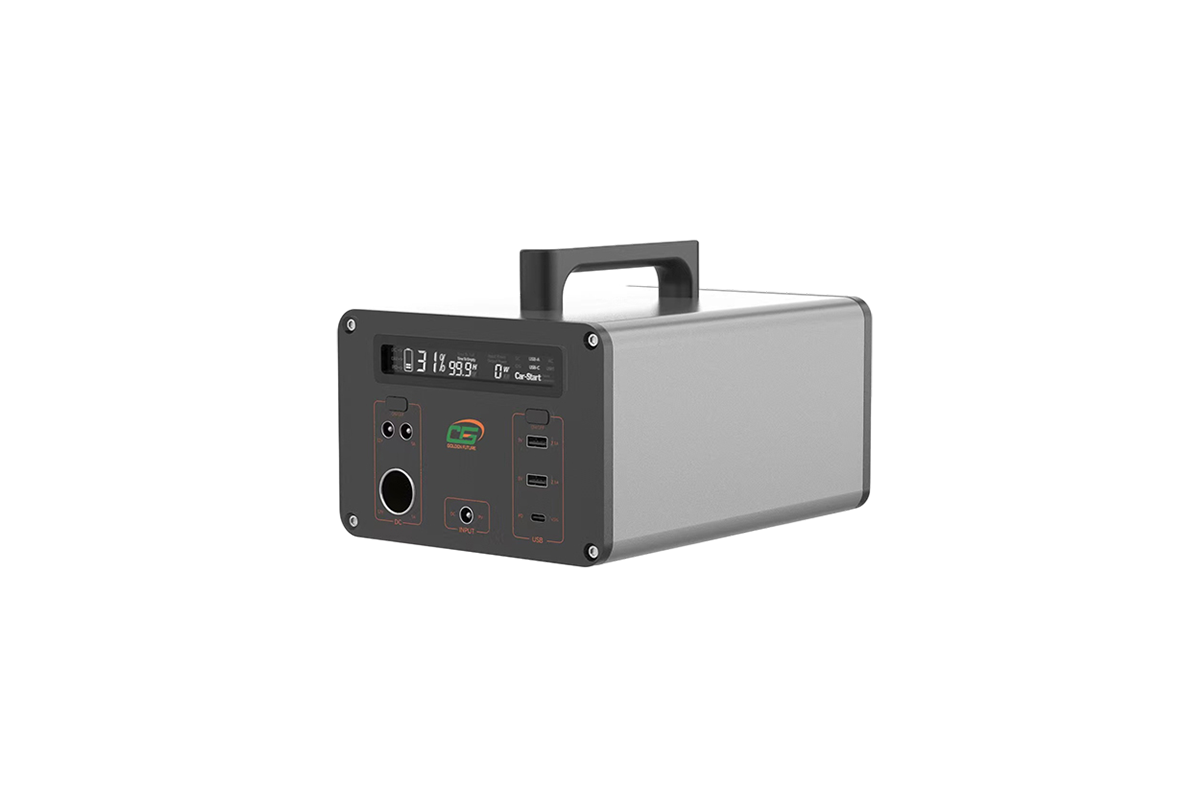

Time:2025-06-12 Views:1

Water - based zinc - ion batteries (ZIBs) have emerged as a promising energy storage solution, especially for large - scale applications, due to their unique combination of properties.
At the heart of a ZIB is its electrochemical mechanism. The anode is typically made of zinc metal. Zinc has a high theoretical specific capacity of 820 mAh g⁻¹ based on a two - electron redox reaction. During discharge, zinc atoms at the anode are oxidized, losing two electrons and forming zinc ions (Zn²⁺). These zinc ions then move through the aqueous electrolyte towards the cathode.
The cathode materials in ZIBs are diverse. Manganese - based compounds, such as MnO₂, are commonly used. When the zinc ions reach the cathode, they can intercalate into the crystal structure of the cathode material. For example, in the case of MnO₂, Zn²⁺ ions can insert into the tunnels or layers of the MnO₂ structure, along with the acceptance of electrons from the external circuit, thus completing the electrochemical reaction. Vanadium - based compounds are also popular cathode materials. They offer different crystal structures and oxidation states, which can accommodate zinc ions during charge - discharge processes.
The aqueous electrolyte in ZIBs is a crucial component. It not only facilitates the transport of zinc ions between the anode and the cathode but also contributes to the overall safety of the battery. Aqueous electrolytes have high ionic conductivity, often greater than 40 mS cm⁻¹, which enables efficient ion transfer. Moreover, they are non - flammable, in contrast to the organic electrolytes used in many other battery systems. This non - flammability significantly reduces the risk of fire and explosion, making ZIBs a safer choice for applications where safety is a top priority, such as grid - scale energy storage.
However, ZIBs also face several challenges. One major issue is the dendrite formation at the zinc anode during charging. As zinc ions are deposited back onto the anode, they can grow in a dendritic shape. These dendrites can pierce the separator between the anode and the cathode, leading to short - circuits and reduced battery lifespan. Another challenge is the side reactions in the electrolyte. For example, in some cases, water in the electrolyte can undergo electrolysis, generating hydrogen gas at the anode, which reduces the battery's efficiency and stability. Researchers are actively exploring various strategies to address these challenges, such as modifying the anode surface, developing new electrolyte formulations, and optimizing the cathode materials to improve the overall performance and durability of ZIBs.
Read recommendations:
220v portable power station with high capacity